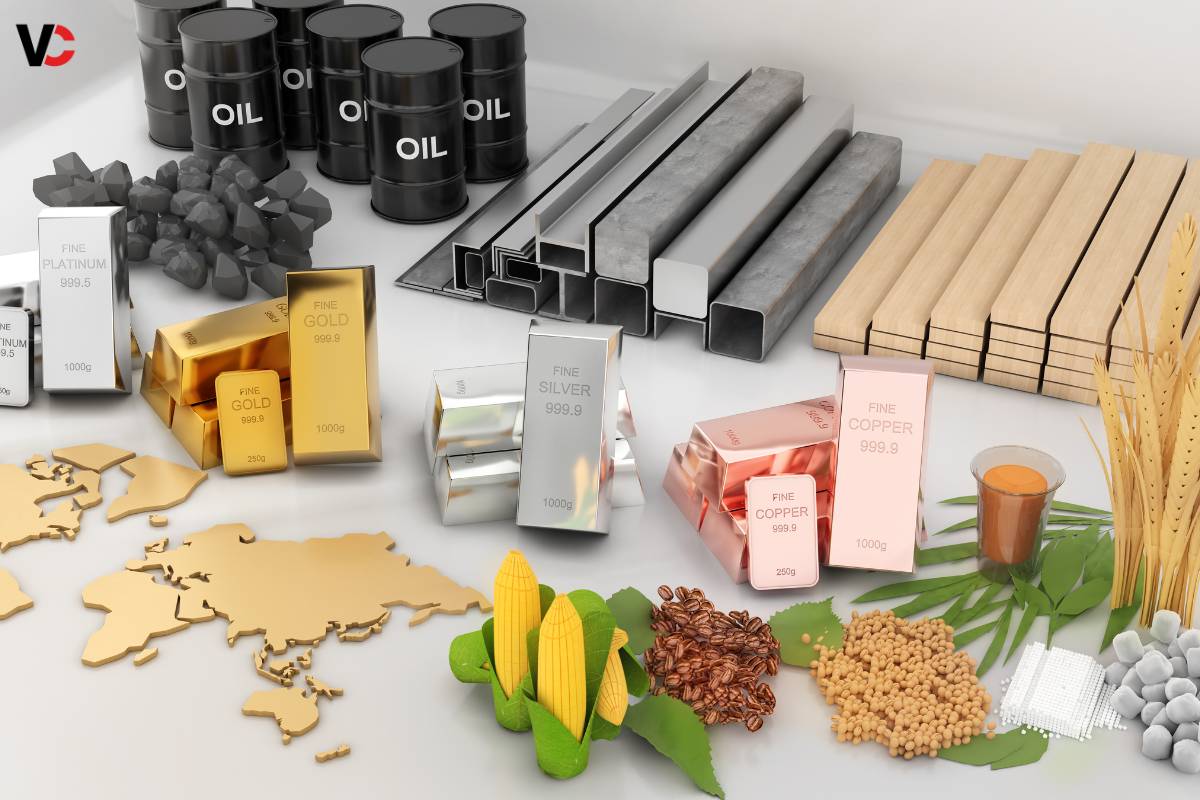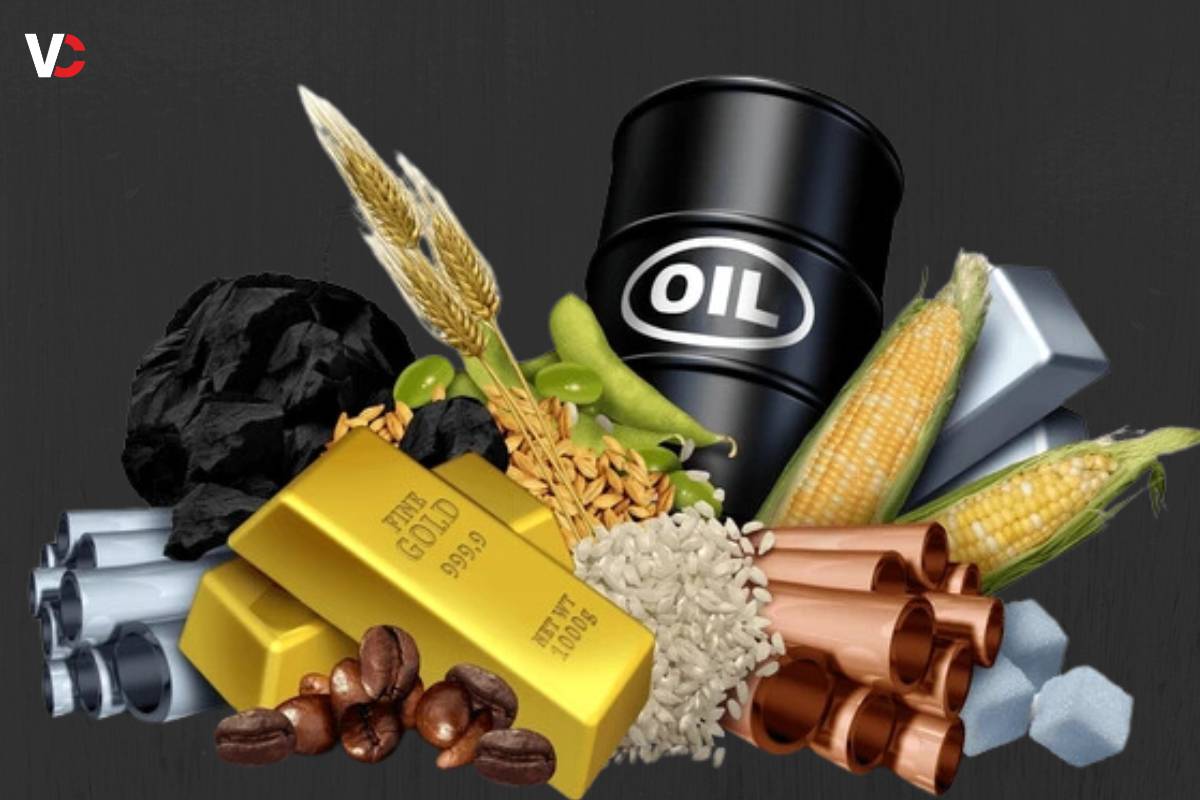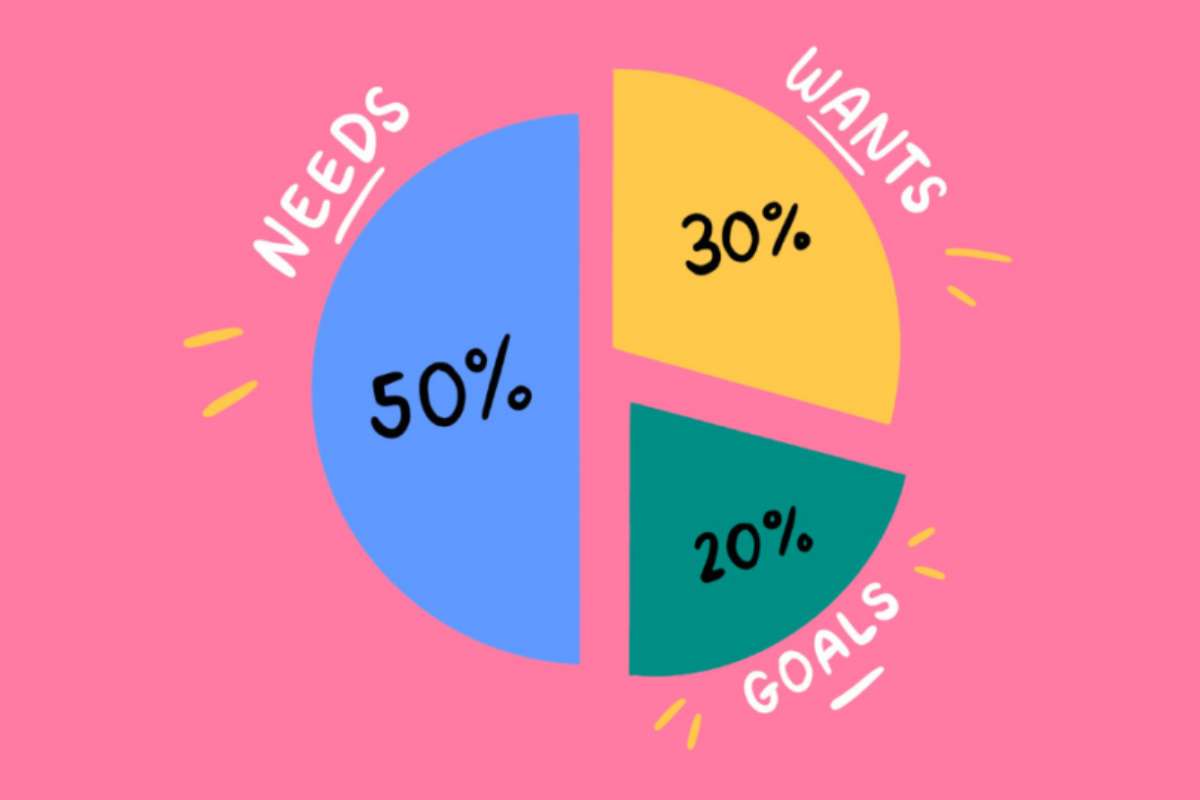In the dynamic world of economics and trade, commodities play a pivotal role as tangible goods that are traded in bulk on commodities exchanges. Understanding the various types of commodities is essential for investors, traders, and anyone interested in the global market dynamics. This comprehensive guide explores the intricacies of commodities, categorizing them into distinct types based on their nature, usage, and market behavior.
Introduction to Commodities
Commodities encompass a wide array of raw materials, agricultural products, energy sources, and precious metals that form the backbone of global trade. Unlike other assets, types of commodities are standardized and interchangeable, allowing for uniform trading on various exchanges worldwide. The prices of commodities are influenced by factors such as supply and demand, geopolitical events, weather patterns, and economic policies, making them highly volatile yet integral to the global economy.
Here are the 7 Types of Commodities:
1. Agricultural Commodities
Agricultural commodities consist of products derived from farming and livestock. These commodities are essential for sustenance and include grains such as wheat, corn, and soybeans, as well as soft types of commodities like cotton, sugar, coffee, and cocoa. Agricultural commodities are influenced by weather conditions, seasonal cycles, and global demand trends, making them highly sensitive to agricultural production and economic conditions.
2. Energy Commodities

Energy commodities encompass resources used to generate power and fuel industrial activities. Crude oil, natural gas, coal, and electricity are primary examples of energy commodities. These types of commodities are crucial for infrastructure, transportation, and manufacturing sectors, and their prices are influenced by geopolitical tensions, technological advancements, and global energy policies.
3. Metals Commodities
Metals types of commodities comprise both precious and industrial metals that are mined or extracted from the earth. Precious metals such as gold, silver, platinum, and palladium are valued for their rarity and industrial uses, including jewelry, electronics, and currency. Industrial metals like copper, aluminum, nickel, and zinc are essential for construction, manufacturing, and infrastructure development, reflecting global economic growth and industrial demand.
4. Livestock and Meat Commodities
Livestock and meat commodities include cattle, hogs, poultry, and their respective products such as beef, pork, and chicken. These types of commodities are integral to the food industry and are influenced by factors such as animal health, consumption patterns, and international trade agreements. Livestock commodities are also subject to regulations regarding animal welfare, food safety, and environmental sustainability.
5. Soft Commodities
Soft types of commodities encompass agricultural products that are grown rather than mined or extracted. Apart from grains and oilseeds, soft commodities include natural fibers like cotton and wool, as well as tropical products such as coffee, cocoa, tea, and rubber. Soft commodities are sensitive to weather conditions, disease outbreaks, and shifts in consumer preferences, making them susceptible to price volatility and supply disruptions.
6. Base Metals Commodities
Base metals types of commodities are non-ferrous metals that serve as crucial industrial materials. Copper, aluminum, zinc, nickel, and lead are examples of base metals used in construction, manufacturing, and infrastructure projects worldwide. These commodities are influenced by factors such as economic growth, technological advancements, and global supply chains, reflecting their role in industrial production and economic development.
7. Precious Metals Commodities

Precious metals types of commodities are rare and valuable metals that are often used as stores of value and for industrial applications. Gold, silver, platinum, and palladium are primary examples of precious metals commodities. These type of commodities are sought after for their aesthetic appeal, financial hedging properties, and industrial uses in electronics, jewelry, and automotive sectors. Precious metals commodities are also influenced by investor sentiment, inflationary pressures, and geopolitical stability.
The Role of Commodities in Global Trade and Economics
Commodities serve as vital components of global trade and economics, underpinning various industries and sectors worldwide. Their significance extends beyond mere trading transactions to encompass broader economic implications, supply chain dynamics, and geopolitical influences. Understanding the role of commodities in these contexts provides valuable insights into their impact on global markets and the overall economy.
Economic Significance of Commodities
Commodities contribute significantly to national and global economies by supporting essential industries such as agriculture, energy production, manufacturing, and construction. They serve as raw materials and inputs for these sectors, influencing production costs, supply chain efficiency, and consumer prices. The prices of commodities are closely monitored indicators of economic health, reflecting supply-demand dynamics, inflationary pressures, and global economic growth.
Supply Chain Dynamics
Commodities play a crucial role in global supply chains, connecting producers, suppliers, and consumers across continents. The logistics and transportation infrastructure associated with commodity trading facilitate the efficient distribution and delivery of goods worldwide. Supply chain disruptions, such as natural disasters, geopolitical tensions, or regulatory changes, can significantly impact commodity prices and availability, affecting industries reliant on these resources.
Geopolitical Influences
Geopolitical factors exert profound influences on commodity markets, shaping supply routes, trade agreements, and market access. Political instability, international conflicts, sanctions, and trade policies can disrupt commodity supply chains, leading to price volatility and market uncertainty. Geopolitical events often trigger speculative trading and risk management strategies among market participants, highlighting the interconnectedness of commodities with global political developments.
Future Trends and Challenges
Looking ahead, several emerging trends and challenges are poised to shape the future landscape of commodity markets:

1. Technological Advancements
Innovations in agriculture, mining, and energy extraction technologies are enhancing productivity and sustainability in commodity production. Technologies such as precision farming, automation, and renewable energy sources are transforming traditional commodity sectors, influencing supply dynamics and environmental impact.
2. Climate Change and Sustainability
Climate change poses significant challenges to commodity producers and consumers alike. Extreme weather events, shifts in precipitation patterns, and rising temperatures impact crop yields, water availability, and energy production. Sustainable practices, resource management, and carbon footprint reduction are increasingly prioritized in commodity sectors to mitigate environmental risks and comply with regulatory standards.
3. Digital Transformation
The digitalization of commodity trading platforms and market operations is revolutionizing transparency, efficiency, and accessibility for market participants. Blockchain technology, data analytics, and artificial intelligence are enhancing trading processes, risk management strategies, and supply chain traceability in commodity markets.
4. Global Trade Dynamics
Evolving trade policies, tariff negotiations, and international agreements shape the flow of commodities across borders. Trade disputes, protectionist measures, and geopolitical tensions influence market access, pricing strategies, and investment decisions in commodity markets, necessitating adaptive strategies for stakeholders.
Conclusion
Understanding the diverse types of commodities is essential for navigating the complexities of global markets and investment strategies. Each type of commodity has unique characteristics, market dynamics, and factors influencing its price movements. Whether investing in agricultural commodities affected by weather patterns, energy commodities driven by geopolitical events, or metals commodities driven by industrial demand, stakeholders must consider the intricacies of each commodity type to make informed decisions.
By comprehensively exploring the different types of commodities—agricultural, energy, metals, livestock, soft, base metals, and precious metals—investors and traders can gain deeper insights into market trends, risks, and opportunities. As global economies evolve and demand patterns shift, commodities remain a cornerstone of economic stability and growth, reflecting their enduring significance in the interconnected world of trade and finance.
In conclusion, the study of commodities extends beyond mere trading; it encompasses a deeper understanding of global supply chains, economic interdependencies, and the fundamental forces shaping our world today.
Also Read: The Different Types of Taxes


















